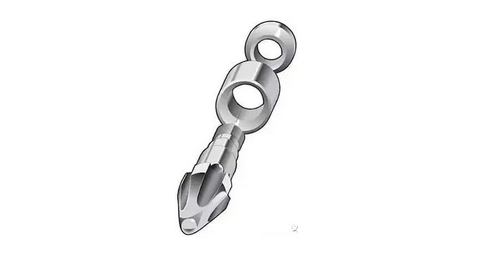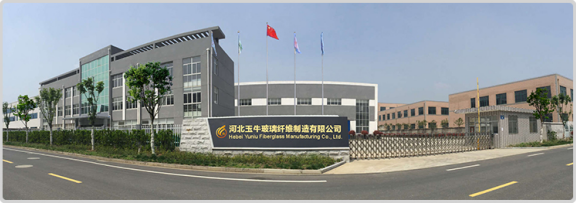Long fiber reinforced thermoplastics (LFRT) are being used in injection molding applications with high mechanical properties. Although LFRT technology can provide good strength, stiffness and impact properties, the processing method of this material plays an important role in determining what performance the final part can achieve.
In order to successfully mold LFRT, it is necessary to understand some of their unique characteristics. Understanding the difference between LFRT and conventional reinforced thermoplastics has promoted the development of equipment, design and processing technology to maximize the value and potential of LFRT.
The difference between LFRT and traditional short cut and short glass fiber reinforced composites is the length of the fiber. In LFRT, the length of the fiber is the same as the length of the pellets. This is because most LFRTs are produced by pultrusion rather than shear compounding.
In LFRT manufacturing, the continuous tow of glass fiber untwisted roving is first drawn into a die for coating and impregnated with resin. After coming out of the die, this continuous reinforced plastic strip is chopped or pelletized, usually Cut to a length of 10~12mm. In contrast, traditional short glass fiber composites only contain chopped fibers with a length of 3 to 4 mm, and their length will be further reduced to less than 2 mm in the shear extruder.
The fiber length in LFRT pellets helps to improve the mechanical properties of LFRT-impact resistance or toughness increases while maintaining stiffness. As long as the fibers maintain their length during the molding process, they will form an “internal skeleton” that provides ultra-high mechanical properties. However, a poor molding process can turn long-fiber products into short-fiber materials. If the length of the fiber is compromised during the molding process, it is impossible to achieve the required level of performance.
In order to maintain fiber length during LFRT molding, three important aspects need to be considered: injection molding machine, component and mold design, and processing conditions.
1. Equipment precautions
One question that is often asked about LFRT processing is: Is it possible for us to use existing injection molding equipment to mold these materials. In most cases, the equipment used for forming short fiber composites can also be used for forming LFRT. Although typical short fiber molding equipment is satisfactory for most LFRT components and products, some modifications to the equipment can better help maintain fiber length.
A general-purpose screw with a typical “feed-compression-metering” section is very suitable for this process, and the destructive shear of the fiber can be reduced by reducing the compression ratio of the metering section. The compression ratio of the metering section of approximately 2:1 is the best for LFRT products. It is not necessary to use special metal alloys to make screws, barrels and other parts, because the wear of LFRT is not as great as that of traditional chopped glass fiber reinforced thermoplastics.
Another piece of equipment that may benefit from a design review is the nozzle tip. Some thermoplastic materials are easier to process with a reverse tapered nozzle tip, which can create a high degree of shear when the material is injected into the mold cavity. However, this nozzle tip can significantly reduce the fiber length of the long-fiber composite material. Therefore, it is recommended to use a grooved nozzle tip/valve assembly with a 100% “free flow” design, which makes it easy for long fibers to pass through the nozzle and into the part.
In addition, the diameter of the nozzle and gate hole should have a loose size of 5.5m
m (0.250in) or more, and there should be no sharp edges. It is important to understand how the material flows through the injection molding equipment and determine where the shear will break the fibers.
Hebei Yuniu Fiberglass Manufacturing Company Limited is a fiberglass material manufacturer with over 10-year experience, 7- year exporting experience.
We are manufacturer of fiberglass raw materials, Such as fiberglass roving, fiberglass yarn, fiberglass chopped strand mat, fiberglass chopped strands, fiberglass black mat, fiberglass woven roving, fiberglass fabric, fiberglass cloth..And so on.
If any needs, please contact us freely.
We will do our best to help and support you.
Post time: Oct-09-2021

